In the ever-evolving landscape of digital media, one technology has stood out for its transformative impact on entertainment, gaming, and virtual experiences: motion capture, or “mocap.” From creating lifelike characters in blockbuster films to enhancing the realism of video games, mocap has become an essential tool for creators across industries. This article delves into what mocap is, how it works, and its diverse applications in today’s world.
Table of Contents
– What is Mocap?
– How Does Mocap Work?
– The Different Types of Mocap
– Applications of Mocap
– The Future of Mocap
– Conclusion
What is Mocap?

Motion capture, or mocap, is a cutting-edge technology that records the movement of real-life actors and translates it into digital animations. It enables filmmakers, game developers, and VR designers to create realistic and dynamic character movements without the need for manual keyframing. By capturing the subtlest gestures and expressions, mocap brings digital characters to life with a level of authenticity that was once unimaginable.
Mocap is not just limited to entertainment. It has found its way into fields such as sports training, medical research, and even robotics, where accurate movement data is crucial. Whether it’s animating a superhero in a movie or simulating human behavior in a virtual environment, mocap plays a pivotal role in bridging the gap between the physical and digital worlds.
How Does Mocap Work?
At its core, motion capture involves tracking the movement of objects or people and converting that data into digital form. This process typically involves placing sensors or markers on the subject’s body, which are then tracked by cameras or other devices. The captured data is used to create a digital skeleton that mirrors the performer’s actions, allowing for precise animation in various mediums.
The accuracy and efficiency of mocap depend on the type of system used. There are several methods, each with its own advantages and limitations, which we’ll explore next.
The Different Types of Mocap

1. Marker-Based (Optical) Mocap
This traditional method uses reflective markers placed on the actor’s body, which are tracked by multiple high-speed cameras. The data is then processed to create a 3D model of the performer’s movements. Optical mocap is known for its high precision and is widely used in the film and gaming industries.
2. Markerless Mocap
A more recent advancement, markerless mocap eliminates the need for physical markers by using advanced algorithms and machine learning to track movements. This method allows for more natural performances and is ideal for situations where traditional setups may be impractical.
3. Inertial Mocap
Inertial mocap relies on sensors attached to the performer’s body to capture motion data. These sensors, often part of a wearable suit, measure movement and orientation without the need for external cameras. This makes inertial mocap highly portable and suitable for on-location shoots.
4. AI-Driven Mocap

With the integration of artificial intelligence, AI-driven mocap systems can process complex movements in real-time. While this method offers speed and flexibility, it may require additional clean-up to ensure the highest quality output.
Each type of mocap has its place, depending on the project’s requirements, budget, and desired level of detail.
Applications of Mocap
Mocap technology has found widespread use across various industries, revolutionizing the way content is created and experienced.
Film
In the film industry, mocap is used to bring CGI characters to life. Notable examples include “The Last of Us” (HBO series) and “The Fantastic Four: First Steps,” where mocap enabled the creation of realistic and emotionally engaging characters.
Gaming
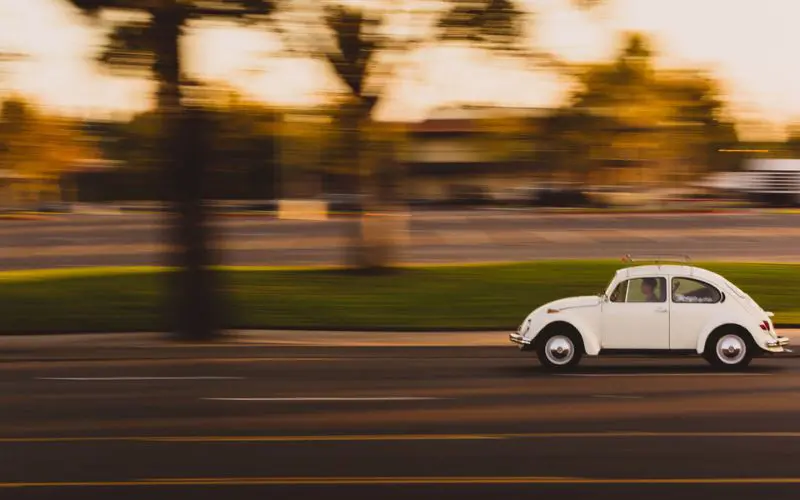
Video game developers use mocap to create lifelike character animations, enhancing the player’s immersion. Games like “FIFA” and “God of War” have utilized mocap to deliver more authentic and dynamic gameplay experiences.
Virtual Reality
Mocap is essential in creating immersive VR experiences, allowing users to interact with digital environments in a natural and intuitive way. It enhances the sense of presence and realism in virtual worlds.
Animation
Animators use mocap to streamline the animation process, making it easier to create realistic movements for characters in animated films and TV shows. This technology saves time and resources while maintaining high-quality results.
The Future of Mocap
As technology continues to advance, the future of mocap looks promising. Innovations in markerless mocap and real-time processing are making the technology more accessible and efficient. Additionally, the integration of artificial intelligence and machine learning is expected to further enhance the capabilities of mocap, opening up new possibilities for creative expression.
Inertial mocap technology is also improving, offering greater accuracy, ease of use, and integration with other digital production tools. As these advancements continue, we can expect to see even more innovative applications of mocap in the years to come.
Conclusion
Mocap is a powerful tool that has transformed the way we create and experience digital media. Whether you’re a filmmaker, game developer, or VR enthusiast, understanding mocap and its applications can help you unlock new creative potential.
Stay updated with the latest news on motion capture technology and its evolving role in the entertainment industry.
Author: Alex Carter
Title/Role: Digital Media Analyst
Credentials: With over a decade of experience in the entertainment and tech industries, Alex has written extensively on emerging technologies and their impact on media.
Profile Link: LinkedIn Profile
Sources:
1. Xsens Motion Capture Solutions
2. Rokoko Motion Capture
3. Motion Picture Association
Internal Links:
– Understanding Game Animation Techniques
– The Evolution of CGI in Film
– Virtual Reality and Motion Capture
Featured Snippet Optimization:
Motion capture, or mocap, is a technology that records real-life movements and translates them into digital animations. It is widely used in film, gaming, and virtual reality to create realistic character movements.
Call to Action:
Explore the world of motion capture and discover how it shapes the future of digital media.






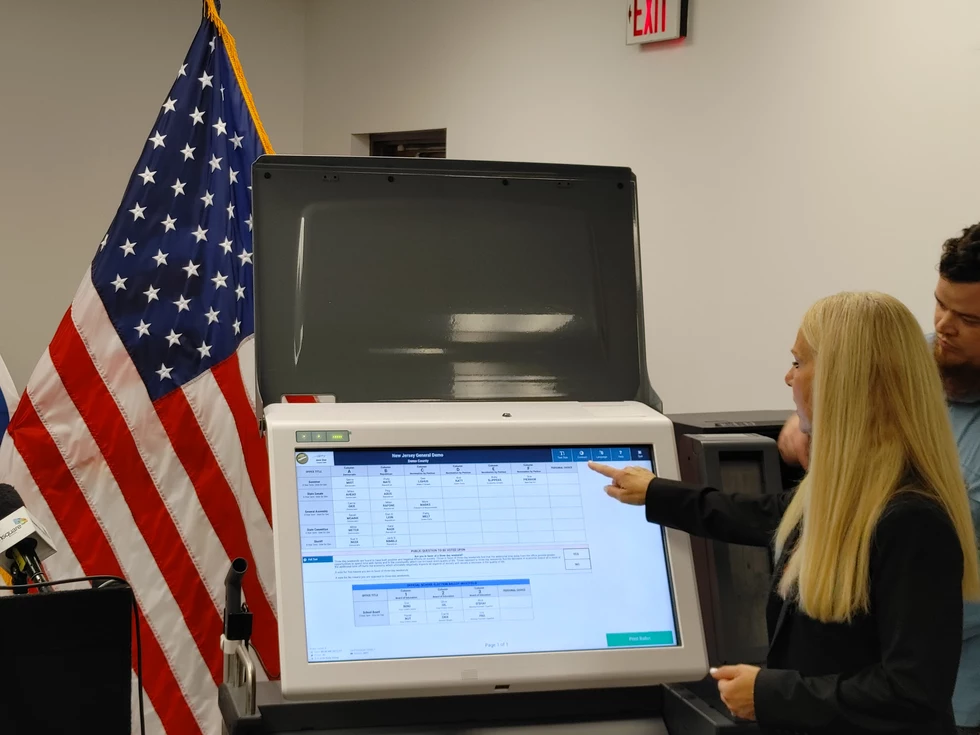
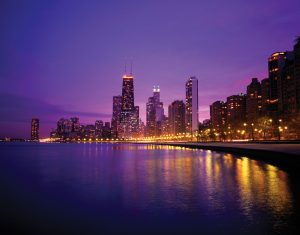
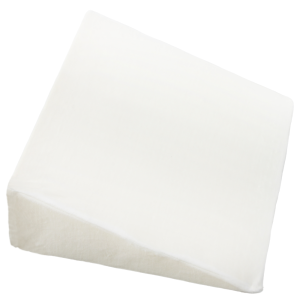
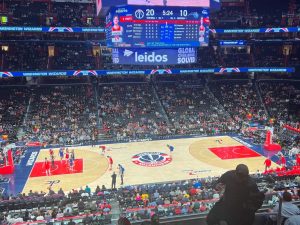
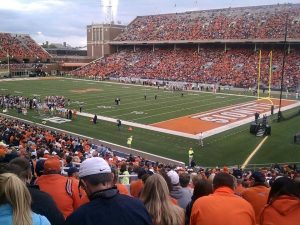
More Stories
US Trending News: Key Ukrainian Seaports and Their Role in Global Trade
US Trending News: Understanding Shade Lighter Than Cappuccino: A Guide to Coffee Bean Roasts
Understanding the Evolution of Online Casinos in Canada: A 2019 Perspective